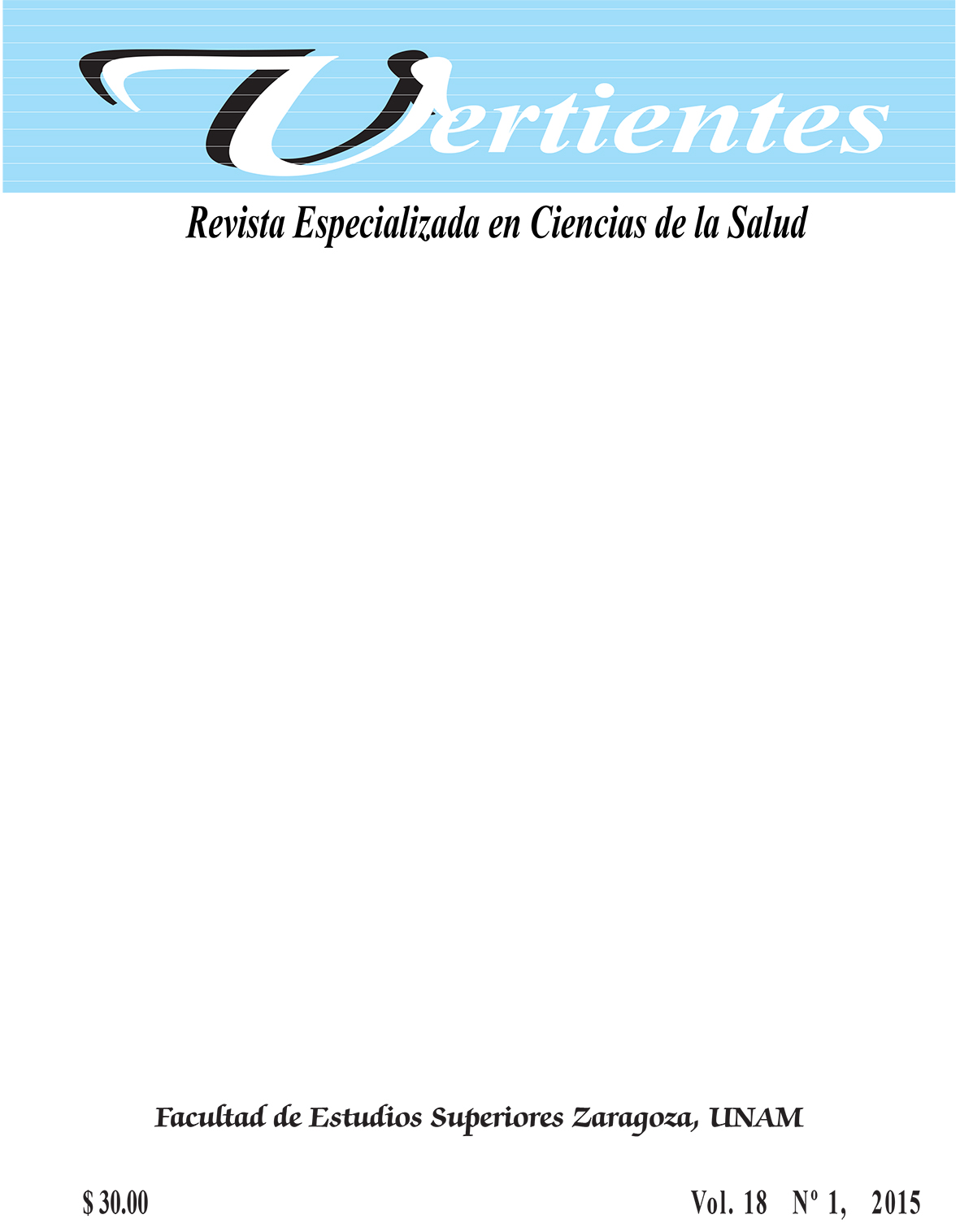The Importance of the Storage Proteins in Cereals (Prolamins)
Main Article Content
Abstract
Prolamins are the storage proteins present in the endosperm of some cereals, they are rich in amino acids (AA) Proline and Glutamine. Prolamins have been studied by several research groups nowadays because of their functional properties, mainly the extensibility and elasticity besides their relationship with the chronic gastrointestinal disease called Celiac disease (CD). These proteins are characterized by having a-helix globular domain with 6-8 cysteine residues and 3-4 disulfide bonds being highly soluble in ethanol (40-70%). Prolamins are classified into three different types: sulfur-rich prolamins (α-, β- γ gliadins), sulfur-poor prolamins (ω-gliadins) and high molecular weight prolamins. On the other hand they get their names from the cereal source they are extracted from, for example: secalin (rye), hordein (barley), avenin (oats), zein (corn), orzein (rice), kafirin (sorghum) and gliadin (wheat). These proteins (except avenin) are associated with the CD and have recently been related to an α-gliadin peptide composed of 33 AA (33-mer) which are believed to be responsible for causing this enteropathy. The aim of this review is to show the importance and characteristics of prolamins present in some cereals which are crucial in the worldwide feeding.
Article Details
How to Cite
Hernández-Espinosa, N., Reyes-Reyes, M., González-Jiménez, F. E., Núñez-Bretón, L. C., & Cooper-Bribiesca, B. L. (2015). The Importance of the Storage Proteins in Cereals (Prolamins). Vertientes. Revista Especializada En Ciencias De La Salud, 18(1). Retrieved from https://journals.unam.mx/index.php/vertientes/article/view/51724
Citas en Dimensions Service

Vertientes by Universidad Nacional Autónoma de México is licensed under a Creative Commons Reconocimiento-NoComercial-SinObraDerivada 4.0 Internacional License.
Creado a partir de la obra en http://www.zaragoza.unam.mx.


